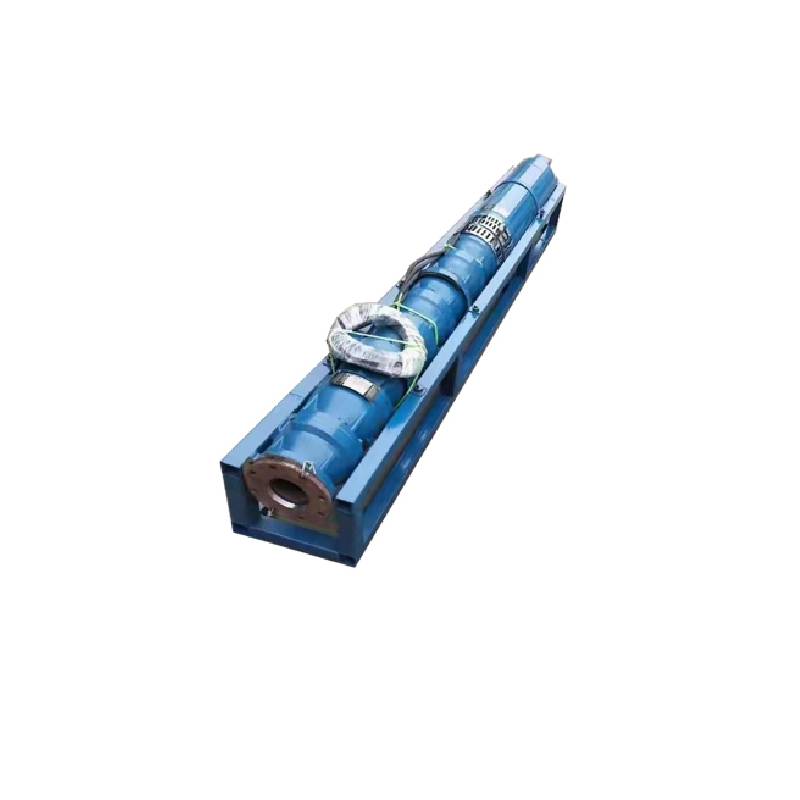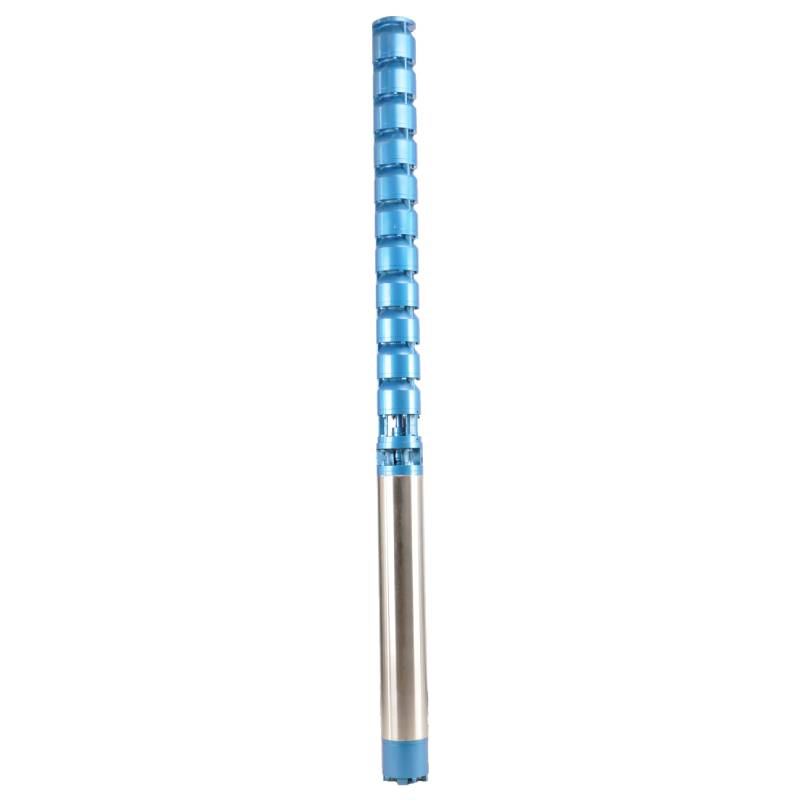Sep . 19, 2024 15:50 Back to list
Submersible Well Pump Replacement | Expert Services & Quality Solutions
Replacing a Submersible Well Pump A Comprehensive Guide
Submersible well pumps are crucial components in both residential and agricultural water supply systems. With time and use, these pumps can fail due to wear and tear, sediment accumulation, or mechanical malfunctions. When it becomes evident that a replacement is necessary, understanding the process can save time, effort, and money.
First, it’s essential to identify the signs that indicate your submersible pump may need replacing. Common symptoms include irregular water supply, unusual noises during operation, decreased water pressure, and increased electricity bills. If troubleshooting doesn’t resolve these issues, a replacement may be the most effective solution.
Before proceeding with the replacement, gather the necessary tools and materials. You will need a new submersible pump, a separate power line, a pipe wrench, a cable cutter, and safety equipment. Ensuring you have everything at hand will streamline the process and reduce downtime.
The first step in the replacement process is to shut off the power supply to the pump. This is a critical safety measure to prevent accidents. Once the power is off, remove the pump from the well. This typically involves unscrewing the discharge head and carefully pulling the pump out. When doing this, be cautious of the weight and ensure you have assistance if necessary.
submersible well pump replacement

After removing the old pump, it's important to clean the well casing and inspect for any damage. Check the well casing for cracks or corrosion that could affect the new pump’s efficiency. If any issues are found, they should be addressed before installation.
Next, prepare the new pump for installation. Ensure it matches the specifications of the old pump, including capacity, size, and electrical requirements. Connect the discharge pipe to the new pump, making sure all seals are tight to prevent leaks.
When you're ready to lower the new pump into the well, carefully guide it down to avoid kinking the power cable or discharge pipe. Once the pump is in place, reconnect it to the power supply and secure the discharge head.
After installation, turn the power back on and test the new pump for proper operation. Check for any leaks and ensure the water pressure meets your requirements. If everything looks good, you can finally secure the well cover back in place.
In conclusion, replacing a submersible well pump is a straightforward process that requires careful planning and execution. By following the steps outlined above, homeowners can restore their water supply efficiently, ensuring their systems operate effectively for years to come. Always consider consulting a professional if unsure about any step in the replacement process, as safety and efficiency are paramount.
-
Efficient 250QJP Peep Well Submersible Pump for Deep Well Water
NewsAug.30,2025
-
Deep Well Pump Installation Guide: Reliable Submersible Pumps
NewsAug.29,2025
-
125QJR Deep Well Submersible Pump - High Performance & Reliable Water Supply
NewsAug.28,2025
-
Water Filled Submersible Pump
NewsAug.26,2025
-
The Ultimate Solution for Clean
NewsAug.26,2025
-
SS Submersible Pump
NewsAug.26,2025
-
 Efficient 250QJP Peep Well Submersible Pump for Deep Well WaterDiscover the powerful 250QJP Peep Well Submersible Pump. Engineered for high-efficiency and reliability, it's ideal for deep well water supply, industrial, and agricultural irrigation. Get consistent performance. Explore our range today!Detail
Efficient 250QJP Peep Well Submersible Pump for Deep Well WaterDiscover the powerful 250QJP Peep Well Submersible Pump. Engineered for high-efficiency and reliability, it's ideal for deep well water supply, industrial, and agricultural irrigation. Get consistent performance. Explore our range today!Detail -
 Deep Well Pump Installation Guide: Reliable Submersible PumpsGet expert deep well pump installation for reliable, consistent water. Our durable submersible well water pumps are ideal for homes & farms. View our installation diagram & solutions.Detail
Deep Well Pump Installation Guide: Reliable Submersible PumpsGet expert deep well pump installation for reliable, consistent water. Our durable submersible well water pumps are ideal for homes & farms. View our installation diagram & solutions.Detail -
 125QJR Deep Well Submersible Pump - High Performance & Reliable Water SupplyGet reliable, high-performance water with the 125QJR Deep Well Submersible Pump. Ideal for irrigation, agriculture, and industrial deep well applications. Experience efficient, continuous water supply. Shop now!Detail
125QJR Deep Well Submersible Pump - High Performance & Reliable Water SupplyGet reliable, high-performance water with the 125QJR Deep Well Submersible Pump. Ideal for irrigation, agriculture, and industrial deep well applications. Experience efficient, continuous water supply. Shop now!Detail
